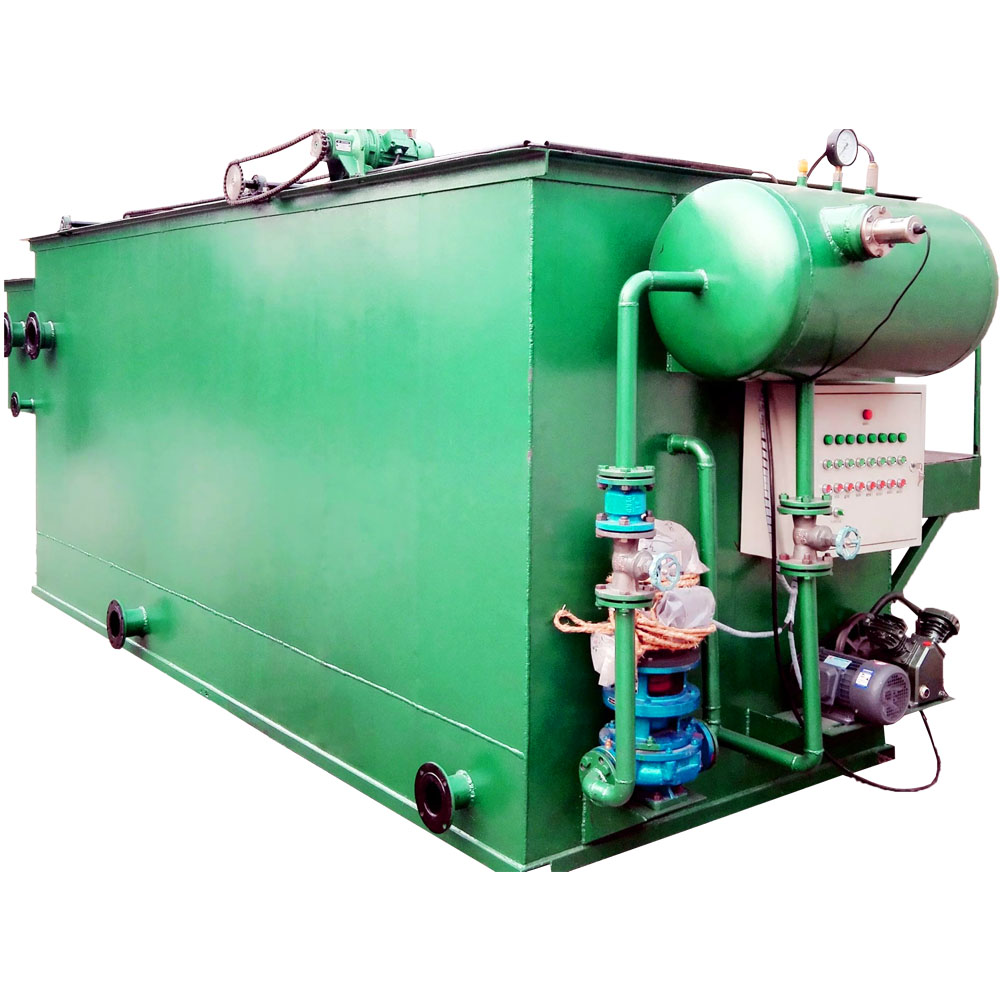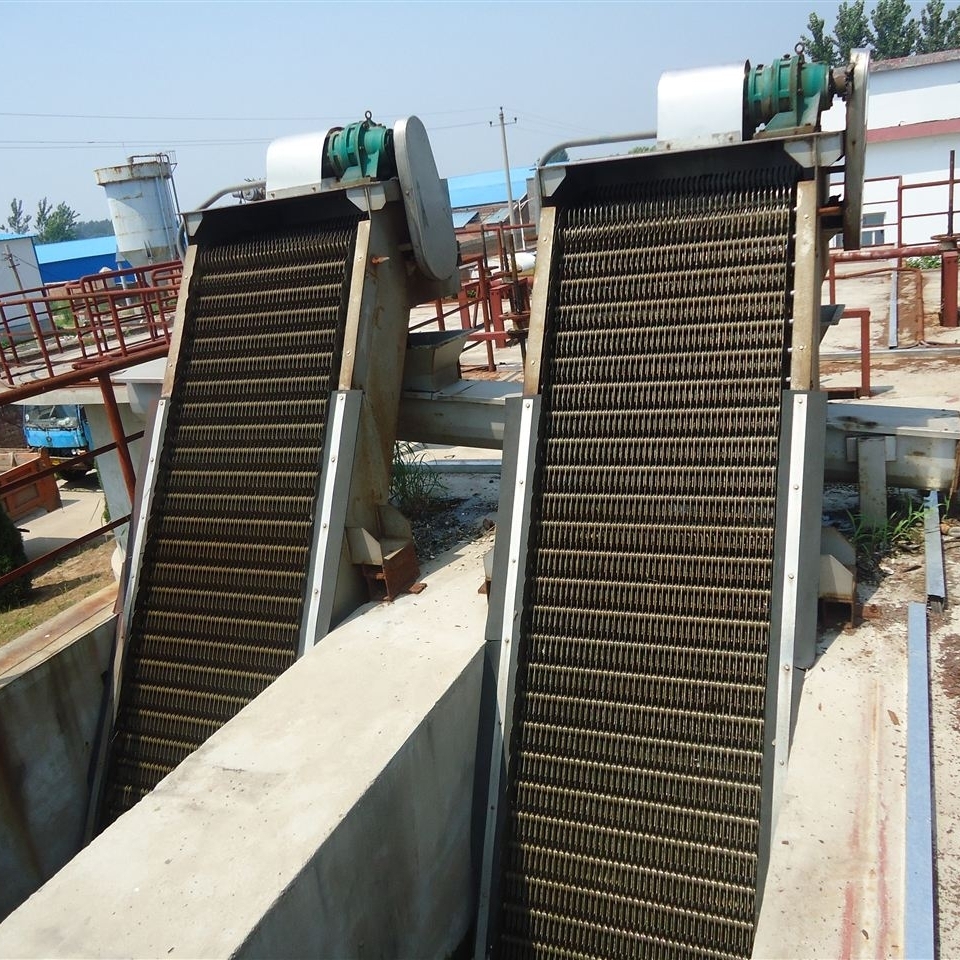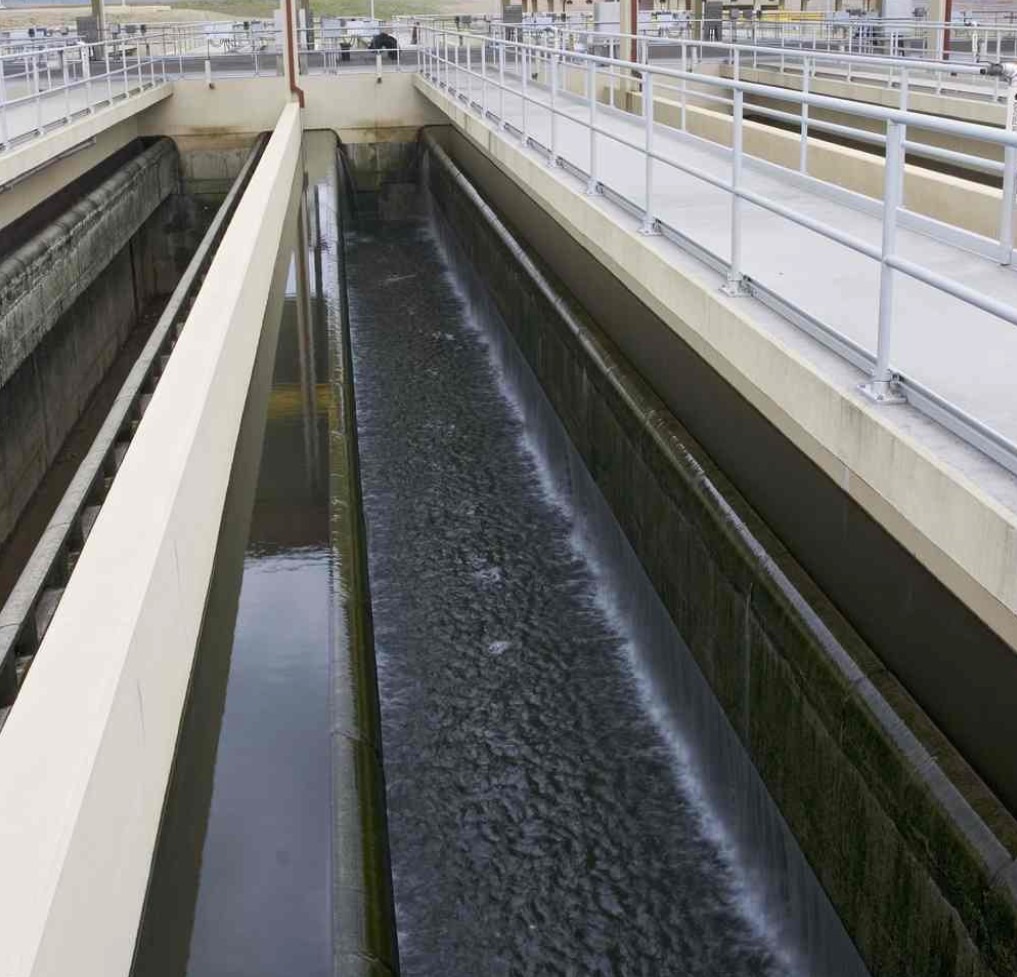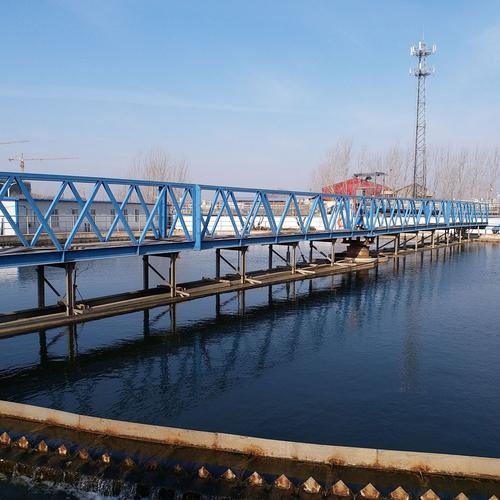ما هي بطانية الحمأة اللاهوائية المتدفقة لأعلى (مفاعل UASB)؟
مفاعل UASB هو تقنية فعالة وموفرة للطاقة لمعالجة مياه الصرف الصحي تستخدم بشكل أساسي الكائنات الحية الدقيقة اللاهوائية لتحليل المواد العضوية في المياه وتنقية مياه الصرف الصحي من خلال تفاعلات التحلل الحيوي.
كيف يعمل مفاعل UASB؟
وتدخل مياه الصرف الصحي إلى المفاعل من خلال القاع وتتلامس مع الحمأة اللاهوائية في المفاعل أثناء عملية الارتفاع. وتحلل الكائنات الحية الدقيقة المادة العضوية في مياه الصرف الصحي إلى غاز الميثان وثاني أكسيد الكربون ومنتجات أخرى، وتنتج الغاز الحيوي في نفس الوقت. يمكن لجهاز فصل الغاز الموجود في الجزء العلوي من المفاعل أن يجمع الغاز المتولد، بينما يعمل قاع الحمأة في الأسفل كحامل للكائنات الحية الدقيقة اللاهوائية، مما يضمن أن يحافظ المفاعل على كفاءة عالية أثناء التشغيل.
ما هي مكونات مفاعل UASB UASB؟
1) مدخل المياه ونظام التوزيع : يقع في الجزء السفلي من المفاعل، وتتمثل وظيفته الرئيسية في توزيع المياه بالتساوي وإجراء التحريك الهيدروليكي لضمان توزيع مياه الصرف الصحي وخلطها بالتساوي.
2) منطقة التفاعل: تنقسم إلى منطقة قاع الحمأة ومنطقة تعليق الحمأة. تركز منطقة قاع الحمأة معظم الحمأة الحبيبية عالية النشاط وهي المكان الرئيسي لتحلل المواد العضوية؛ أما منطقة تعليق الحمأة فهي المنطقة التي تتركز فيها الحمأة الندفية.
3) فاصل ثلاثي الأطوار للغاز والسائل والصلب: يشمل منطقة ترسيب وغرفة غاز. وتتمثل وظيفته الرئيسية في فصل المراحل الثلاث للغاز الحيوي والسائل والصلب. ويدخل الغاز الحيوي إلى حجرة الغاز من خلال العاكس، ويدخل الخليط الصلب-السائل إلى منطقة الترسيب لفصل السائل عن الصلب.
4) نظام المخرج : يتم تصريف المياه بعد الترسيب من المفاعل من خلال نظام المخرج.
5) غرفة الغاز: تستخدم لجمع الغاز الحيوي.
6) نظام تجميع الحثالة: يزيل الحثالة من منطقة الترسيب والسطح السائل لغرفة الهواء.
7) نظام تصريف الحمأة: يقوم بتفريغ الحمأة المتبقية من المفاعل بالتساوي.
مفاعل UASB هو تقنية فعالة وموفرة للطاقة لمعالجة مياه الصرف الصحي. أين يمكن استخدامه؟
1) معالجة مياه الصرف الصناعي: مفاعل UASB مناسب للمجالات الصناعية التي تعالج مياه الصرف الصحي العضوية عالية التركيز، مثل المستحضرات الصيدلانية ومعالجة الأغذية وصناعة الورق، إلخ. إن كفاءته العالية وقدرته على تحلل المواد العضوية عالية التركيز تجعله يستخدم على نطاق واسع في هذه المجالات.
2) معالجة مياه الصرف الصحي البلدية: في معالجة مياه الصرف الصحي البلدية، يمكن لمفاعل UASB معالجة مياه الصرف الصحي المنزلية ومياه الصرف الصحي في المناطق الحضرية بشكل فعال، وإزالة المواد العضوية والمواد الصلبة العالقة، وتحسين جودة المياه.
3) معالجة مياه الصرف الزراعي: في المجال الزراعي، يمكن استخدام مفاعلات UASB لمعالجة مياه الصرف الصحي للمزارع، وصرف الأراضي الزراعية، وما إلى ذلك للحد من التلوث البيئي.
ما هي مزايا وعيوب مفاعل UASB؟
المزايا:
1) قدرة معالجة عالية الكفاءة: يمكن لمفاعل UASB إزالة المواد العضوية من مياه الصرف الصحي بفعالية في ظل ظروف التحميل العالية مع كفاءة معالجة عالية.
استرداد الطاقة: يمكن تجميع غاز الميثان المتولد أثناء عملية المعالجة من خلال جهاز استرداد الغاز واستخدامه لإنتاج الطاقة، وبالتالي تحقيق إعادة تدوير الموارد.
2) تكلفة تشغيل منخفضة: بالمقارنة مع تقنيات المعالجة الأخرى، تتميز مفاعلات UASB بتكاليف تشغيل منخفضة وصيانة بسيطة.
العيوب:
1) إدارة الحمأة: يمثل توليد الحمأة عالية التركيز ومعالجتها تحديًا، مما يتطلب حلولًا فعالة لمعالجة الحمأة والتخلص منها.
2) ظروف تشغيل عالية: يتطلب تشغيل مفاعلات UASB التحكم الدقيق في البارامترات مثل درجة الحرارة وقيمة الأس الهيدروجيني والحمل العضوي لضمان أفضل تأثير للمعالجة.






生化膜反应器12-scaled.jpg)
